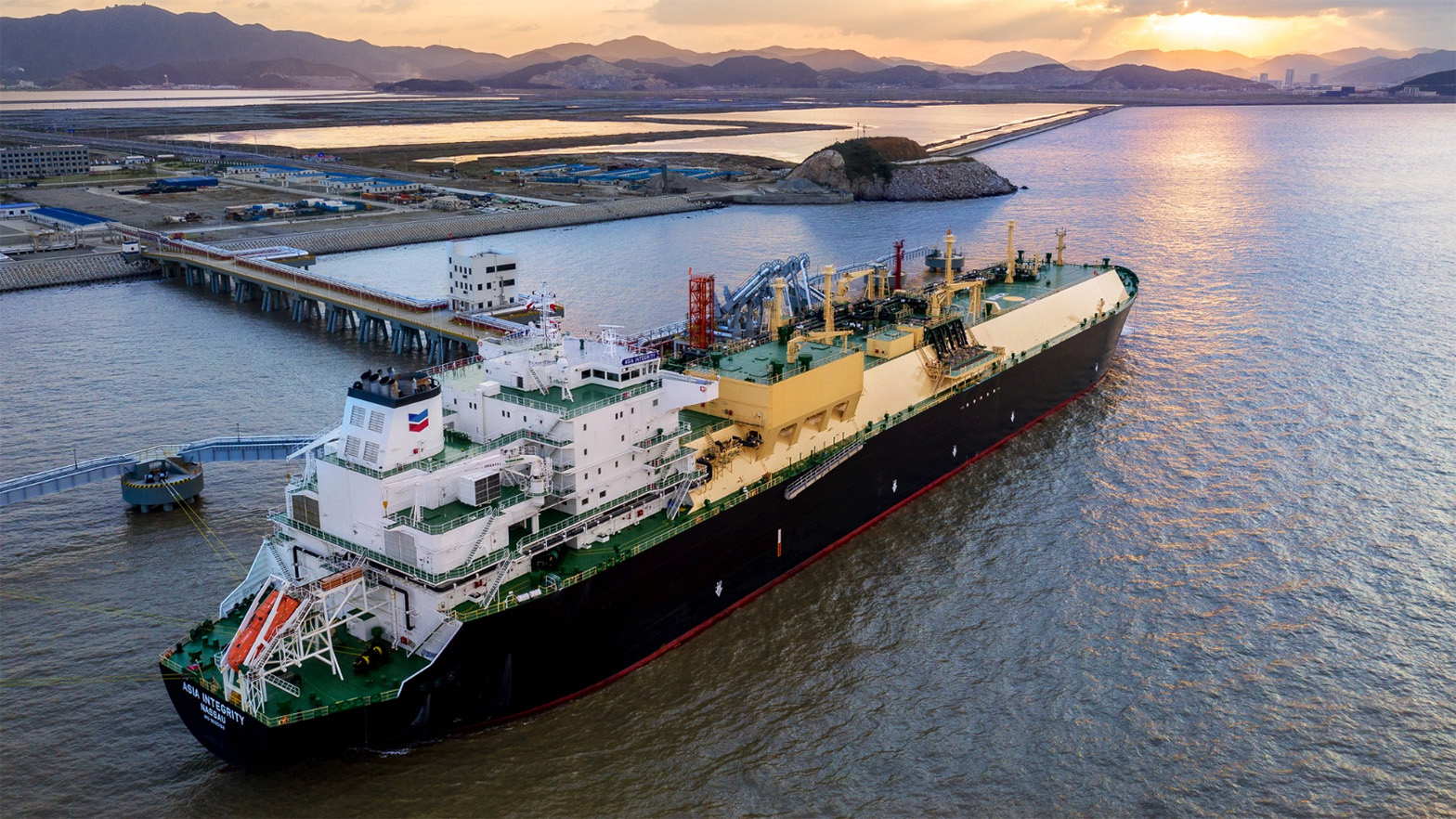emissions solutions
four things to know about carbon footprinting
5 min read | february 10, 2022
Did you know that everything and everyone has a carbon footprint? Events, places, services, products and organizations all have a carbon footprint.
The science of a carbon footprint is complex. Similar to actual footprints that can reveal information about their source, carbon footprints also provide valuable data, but related to emissions. To help understand what can influence a carbon footprint, it’s important to first know the role of carbon footprinting. Here’s our list of four things to know about carbon footprinting.
number 1
carbon footprinting explained

why it matters
Knowing how much and what kind of emissions are caused by products and services throughout their life cycle can help us make informed decisions about the products we buy, services we use and items we consume.
When you hear the term carbon footprinting, this is referring to the tracking and reporting of the CO2 emissions associated with a product or service’s life cycle from beginning to end-use. The idea is similar to creating a nutrition label, but instead of identifying calories, with carbon footprinting, we can see the greenhouse gas emissions generated by a specific product, service or activity.
number 2
measuring a carbon footprint

Many across the global community are investing in and developing ways to better understand carbon footprints. Chevron is also working to build that understanding and make the carbon footprint of our global supply chains more transparent. Recently, with partners, we developed a new carbon footprinting methodology for delivered liquefied natural gas (LNG) cargoes, which is one of the first published carbon footprinting methodologies in the industry.
why it matters
As we transition to a lower carbon future, transparency is as important as ever. This standardized, data-driven LNG carbon footprinting methodology is part of a larger effort to work on tracking our carbon footprint across our supply chain.
number 3
investing in decarbonization
$100 million
chevron's commitment to OGCI climate investments fund
Most published outlooks conclude that oil and gas will remain an important part of the energy system for years to come. While work is being done to help decarbonize this sector, continued progress will take both partnership and continued investment.
why it matters
Reducing the carbon emissions of products and activities that use oil and gas will help to shrink the size of our carbon footprint. However, to see the level of change we all want will take global collaboration. Chevron is partnering with a variety of organizations on decarbonization efforts, such as committing $100 million to the Oil and Gas Climate Initiative (OGCI) Climate Investments fund. This fund invests in solutions to decarbonize oil and gas, industrials, commercial transport, and buildings.
number 4
the role of climate policy

Reducing the world’s carbon footprint is a global priority. It’s important to us too. We support well-designed mandatory climate-related reporting with relevant data at a product level basis. We also support other climate policies like a price on carbon, which incentivize lower carbon footprints.
why it matters
No one company or industry can make the wide-ranging changes needed to meet the net zero ambitions of the Paris Agreement. Balanced and measured climate policy and standardized, comparable emissions reporting have a role to play by involving all sectors to maximize efficient and cost-effective reductions while allocating costs equitably, gradually and predictably.
topics covered
related content
-

 satellite-monitoring campaign highlights power of collaboration
satellite-monitoring campaign highlights power of collaborationemissions solutionsnovember 11, 2024
-

 stable natural gas policy, balanced conversation needed, says chevron CEO
stable natural gas policy, balanced conversation needed, says chevron CEOemissions solutionsseptember 19, 2024
-

 lower carbon gas turbine first to hit major milestone
lower carbon gas turbine first to hit major milestoneemissions solutionsseptember 04, 2024
-

 1st US hydrogen-powered passenger ferry open for business
1st US hydrogen-powered passenger ferry open for businessalternative fuelsaugust 23, 2024
chevron email updates
Subscribe to our newsletter to receive news and updates.



